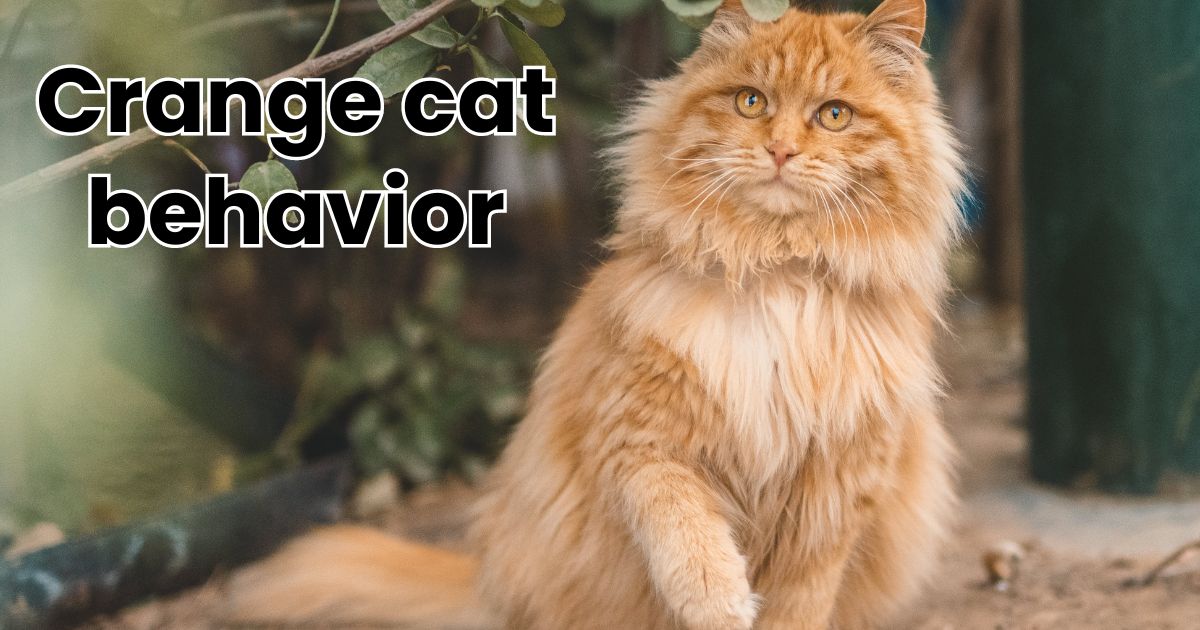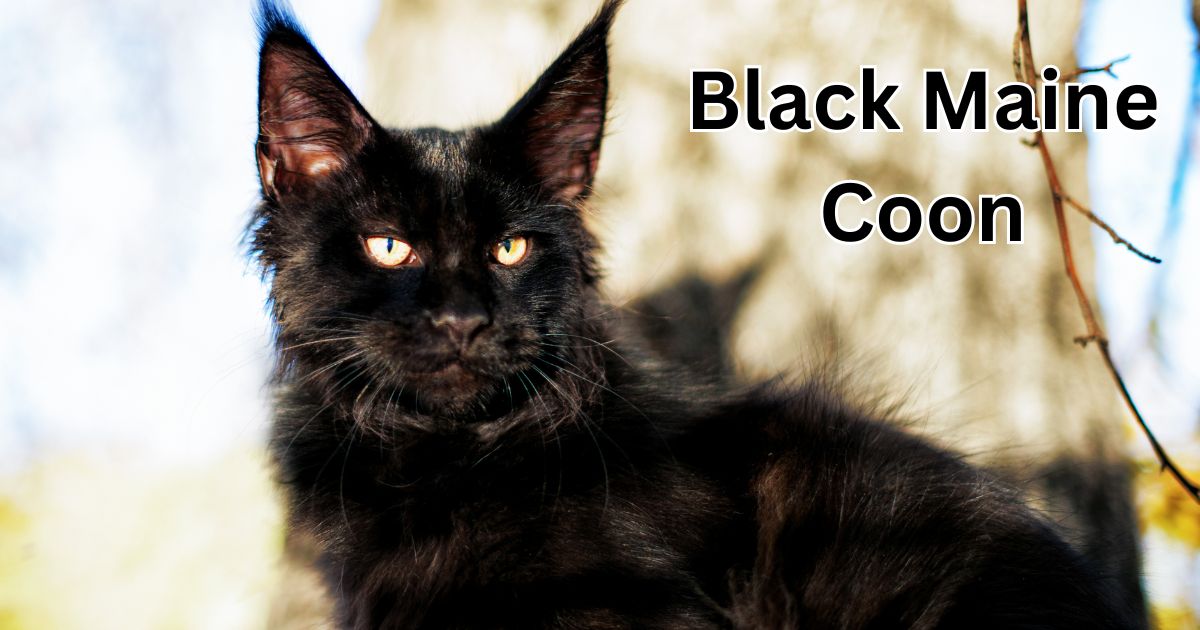Cats have long been fascinating creatures, and their behavior often leaves us both puzzled and delighted. Among the various cat breeds and colors, orange cats stand out not just because of their striking coats, but also because of their distinctive behaviors. Understanding orange cat behavior can help cat owners better appreciate and care for their feline companions. This article delves into the unique traits and habits of orange cats, offering insights into their genetics, personality, and more.
History and Genetics
The Genetics Behind Orange Cats
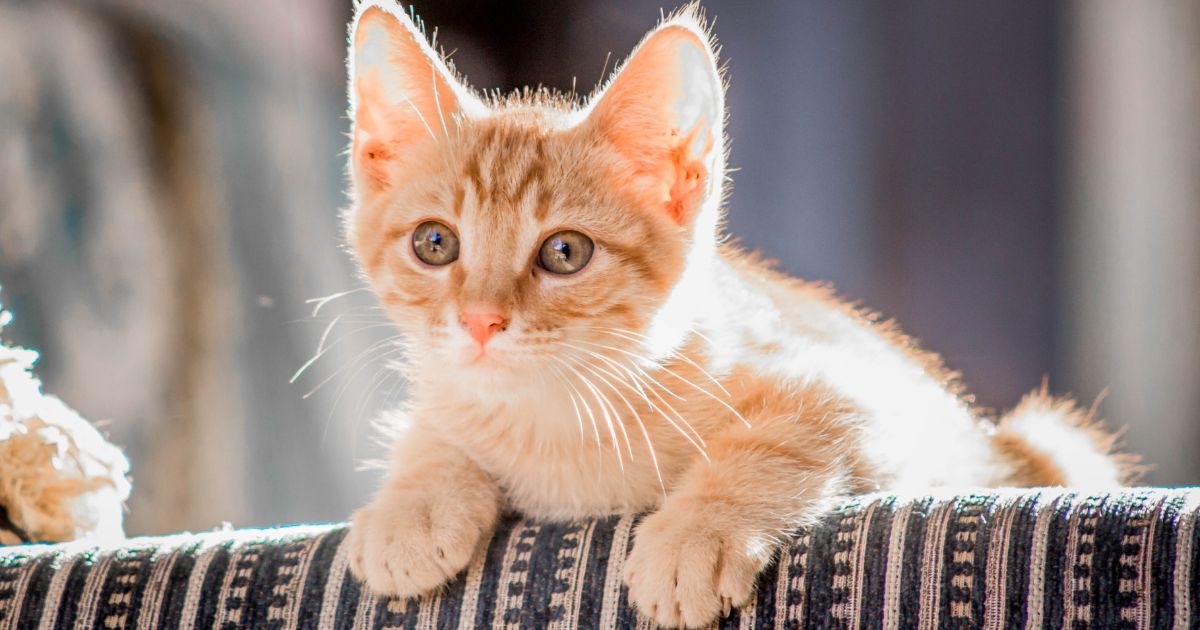
The genetics of orange cats is a captivating subject. The orange coat color is a result of a sex-linked gene, meaning it is carried on the X chromosome. Male cats, having only one X chromosome, are more likely to exhibit the orange coloration than females, who require two copies of the gene to display the trait. This genetic makeup not only influences their coat color but can also affect certain behavioral traits, contributing to the unique characteristics associated with Orange Cat Behavior.
Orange cats often have tabby patterns, which include mackerel, classic, and spotted tabby variations. These patterns are not just visually appealing but also carry genetic implications. The link between coat color and behavior is still a subject of ongoing research, but some studies suggest that the genetic factors influencing fur color might also play a role in shaping a cat’s personality and behavior.
Historical Significance of Orange Cats
Orange cats have held a significant place in history and culture. In ancient Egypt, cats were revered and often depicted in art and literature. While not exclusively orange, these cats were seen as symbols of protection and were believed to bring good fortune. In more recent history, orange cat behavior has become a subject of fascination, and orange cats have become iconic figures in media and literature.
Famous orange cats like Garfield, the lasagna-loving comic strip cat, and Morris, the finicky feline from television commercials, have cemented the place of orange cats in popular culture. These characters have contributed to the perception of orange cats as charming, mischievous, and endearing, further enhancing their appeal among cat enthusiasts.
Physical Characteristics
Distinctive Physical Traits of Orange Cats
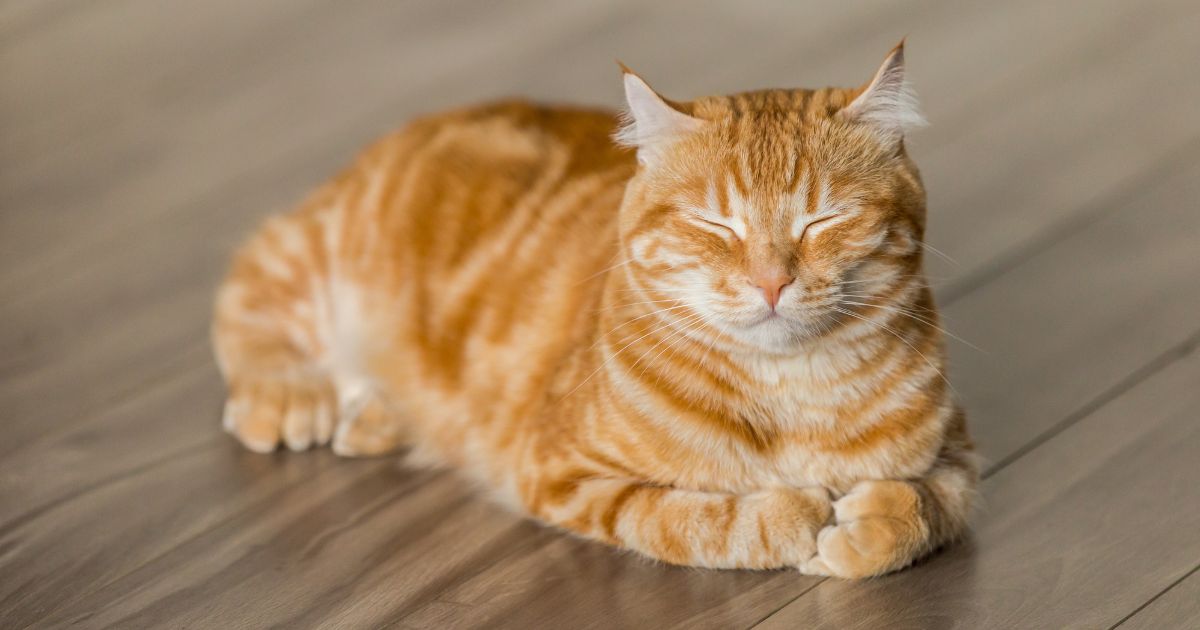
Orange cats are easily recognizable by their vivid coats, which range from deep reddish-orange to pale yellow. Their eyes often complement their fur, typically appearing in shades of gold, green, or hazel. These physical traits make them stand out and contribute to their overall charm.
In addition to their coat color, orange cats often have a robust build, particularly the males, who tend to be larger than females. Their whiskers, nose, and paw pads might also exhibit a subtle orange tint, adding to their distinctive appearance. These physical traits, coupled with their unique personalities, make Orange Cat Behavior a favorite among cat lovers.
Health and Lifespan of Orange Cats
Orange cats, like all cats, require proper care to ensure a healthy life. They are generally healthy, but it’s essential to be aware of common health issues that might affect them. One such issue is obesity, as orange cats, particularly males, tend to have a hearty appetite. Orange Cat Behavior Regular exercise and a balanced diet are crucial in maintaining their health.
The average lifespan of an orange cat is similar to that of other domestic cats, typically ranging from 12 to 15 years. However, with proper care, some orange cats can live well into their late teens or even early twenties. Regular veterinary check-ups, a nutritious diet, and a stimulating environment are key factors in ensuring a long and healthy life for these vibrant felines.
Behavioral Traits
General Behavior of Orange Cats
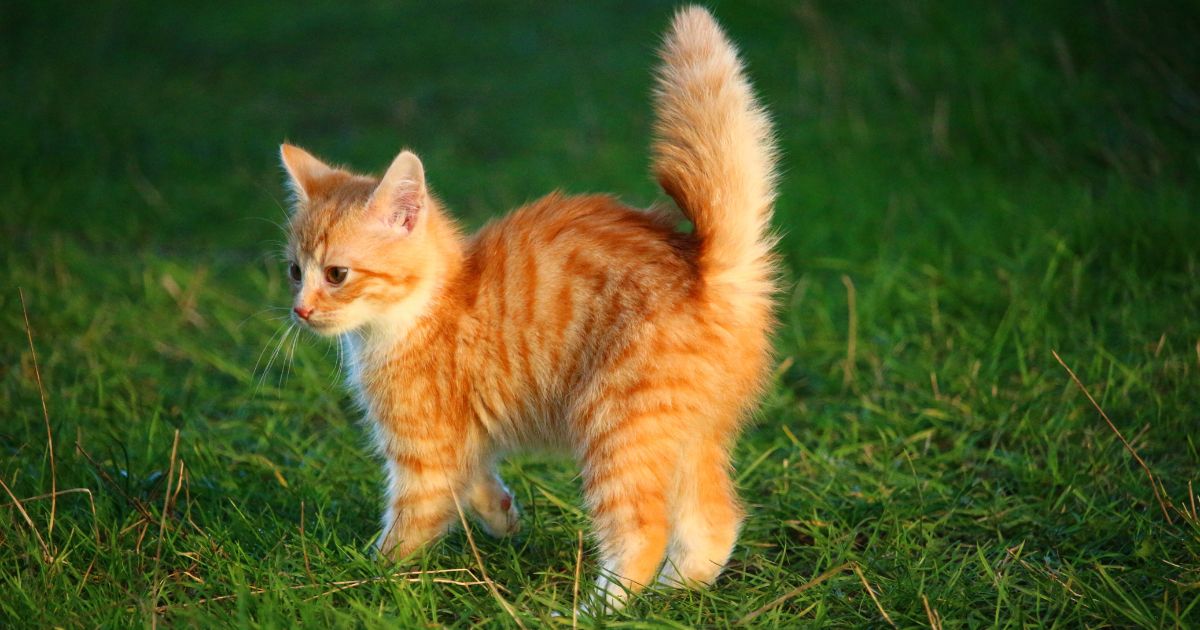
Orange cats are often described as having distinct and memorable personalities. They are known for their outgoing and friendly nature, which sets them apart from other cats. Many owners report that their orange cats are particularly affectionate and enjoy human companionship more than other cats.
These cats are typically very curious and love to explore their surroundings. They are playful and often engage in activities that stimulate their minds and bodies. This playful nature, combined with their affectionate demeanor, makes them excellent companions for families and individuals alike, specifically enhancing the experience of living with an Orange Cat Behavior. Understanding these general behavioral traits can help owners create a more enriching environment for their orange cats.
Playfulness and Activity Levels
One of the most endearing traits of orange cats is their playfulness. They are energetic and enjoy a variety of activities, from chasing toys to climbing structures. This high level of activity is not only entertaining for the cat but also helps to keep them physically fit and mentally stimulated.
Providing a range of toys and interactive activities is essential in keeping orange cats engaged. Puzzle toys, laser pointers, and feather wands are just a few examples of items that can keep these playful cats entertained. Regular play sessions also strengthen the bond between the cat and its owner, fostering a deeper connection and understanding.
Also Read: Lakes Near Me
Social Behavior of Orange Cats
Orange cats are often very social creatures. They tend to form strong bonds with their human companions and enjoy being involved in household activities. Unlike some other cats that may prefer solitude, Orange Cat Behavior is usually more sociable and seeks out interaction.
These cats also tend to get along well with other pets, including dogs. Their friendly and adaptable nature makes them suitable for multi-pet households. However, proper introductions and supervised interactions are crucial to ensure harmonious relationships. Understanding their social behavior helps in creating a supportive and loving environment for orange cats.
Orange Cat Communication
Communication is a key aspect of orange cat behavior. These cats are known for being vocal and expressive. They use a variety of sounds, from meows and purrs to chirps and trills, to communicate with their owners. Each sound can convey different messages, such as hunger, affection, or the need for attention.
In addition to vocalizations, orange cats use body language to express themselves. Tail movements, ear positions, and eye contact are all part of their communication repertoire. Understanding these signals can help owners respond appropriately to their cat’s needs and emotions, fostering a more harmonious relationship.
Affectionate Nature of Orange Cats
Orange cats are often described as particularly affectionate. They enjoy physical contact and will frequently seek out their owners for cuddles and petting. This affectionate nature makes them excellent lap cats, providing comfort and companionship. Understanding this aspect of Orange Cat Behavior helps owners forge stronger bonds and create nurturing environments for their feline companions.
These cats show their affection in various ways, such as purring, kneading, and head-butting. They may also follow their owners around the house, demonstrating their desire for constant companionship. Understanding and reciprocating their affectionate gestures can help strengthen the bond between the cat and its owner.
Training and Socialization
Training Orange Cats
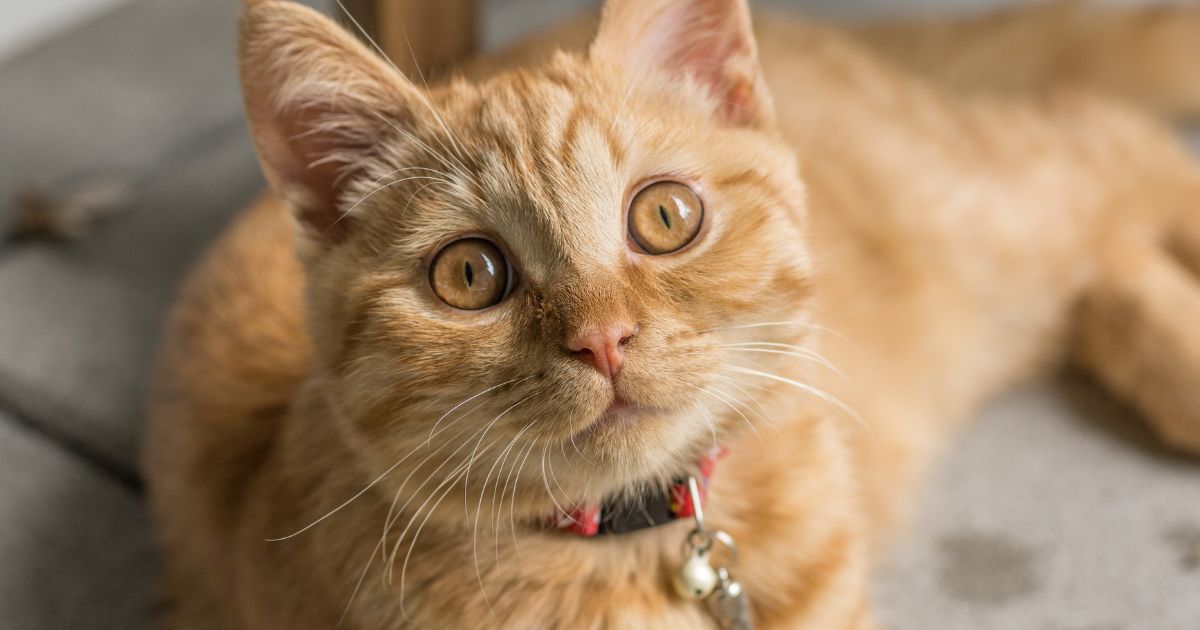
Training orange cats can be a rewarding experience, though it requires patience and consistency. These cats are intelligent and can learn various commands and tricks, especially when motivated by treats and positive reinforcement. Basic training, such as using a litter box and responding to their name, is essential for a well-behaved pet. Understanding Orange Cat Behavior allows owners to tailor training methods that resonate with their feline’s unique traits and personality.
Behavioral training can also address any undesirable habits, such as scratching furniture or excessive vocalization. Using techniques like redirection, providing appropriate scratching posts, and rewarding good behavior can help in managing these issues. Understanding the best training methods for orange cats ensures they develop into well-mannered companions.
Socializing Orange Cats
Socializing orange cats, particularly when they are kittens, is crucial for their overall development. Early socialization helps them become more comfortable with various environments, people, and other animals. Introducing them to different experiences in a controlled manner can reduce fear and anxiety.
For adult orange cats, socialization can still be beneficial. Gradual exposure to new stimuli and positive reinforcement can help them adjust to changes and reduce stress. Creating a supportive and nurturing environment is key to successful socialization, ensuring that orange cats remain happy and well-adjusted.
Environment and Enrichment
Creating an Ideal Environment for Orange Cats
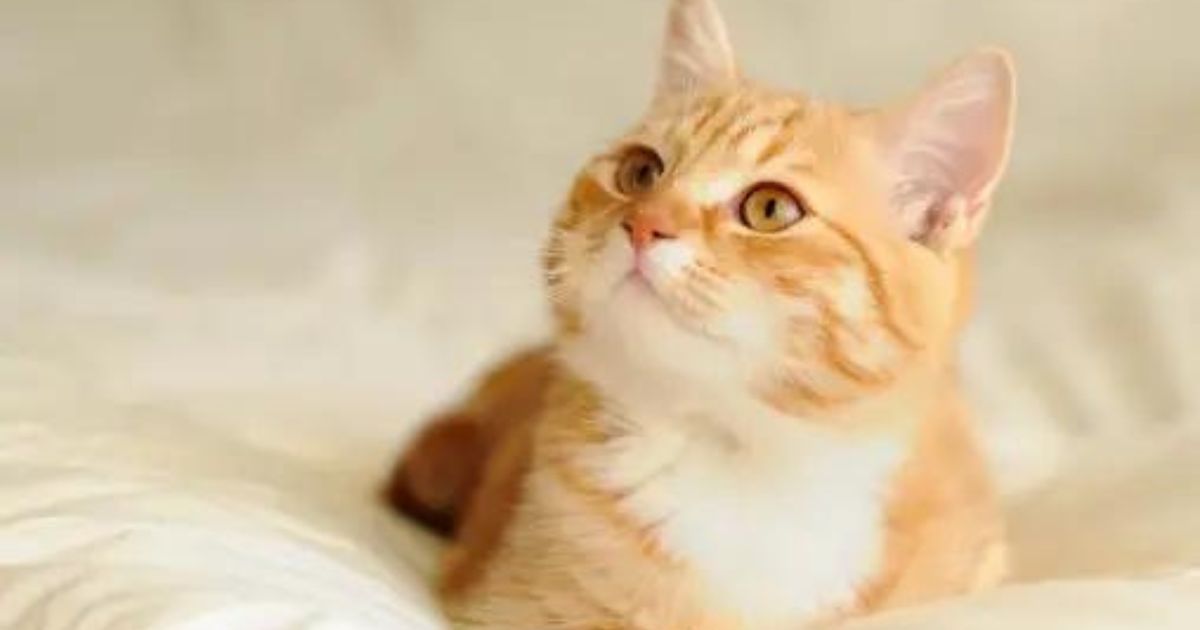
An ideal environment for orange cats, tailored to their Orange Cat Behavior, includes spaces that cater to their physical and mental needs. Providing climbing structures, scratching posts, and cozy resting areas are essential. These items not only offer physical exercise but also mental stimulation, keeping the cat engaged and content.
Safety is another critical aspect of their environment. Ensuring that the living space is free from hazards, such as toxic plants or small objects that can be swallowed, is vital. A secure environment helps prevent accidents and promotes a sense of well-being for the cat.
Enrichment Activities for Orange Cats
Enrichment activities play a significant role in the well-being of orange cats. These activities should stimulate their natural instincts, such as hunting, climbing, and exploring. Interactive toys, puzzle feeders, and play sessions with their owners can provide the necessary stimulation.
DIY enrichment activities, like creating cardboard box mazes or hiding treats around the house, can also be effective. These activities not only keep the cat entertained but also encourage problem-solving and physical exercise. Regular enrichment ensures that orange cats remain active, happy, and healthy.
Health and Nutrition
Diet and Nutrition for Orange Cats
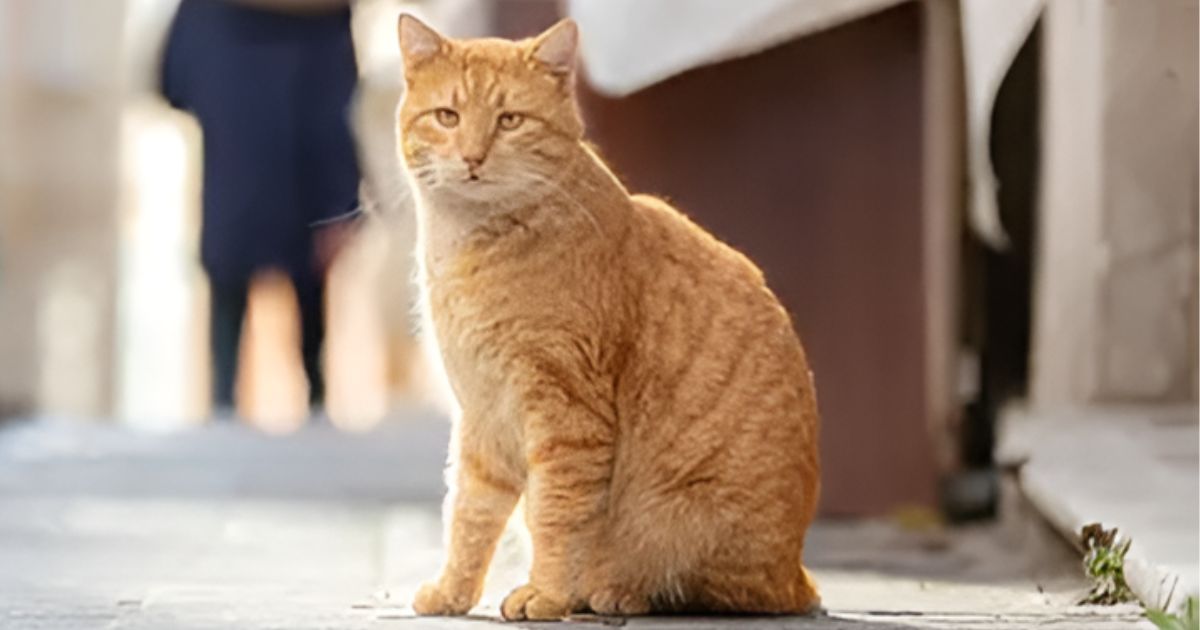
A balanced diet is crucial for the health of orange cats. High-quality commercial cat food that meets their nutritional needs is recommended. This includes a mix of proteins, fats, and carbohydrates, along with essential vitamins and minerals.
It’s important to monitor their weight and adjust their diet as needed to prevent obesity. Providing fresh water at all times is also essential. Some orange cats may benefit from a diet that includes wet food, which can help with hydration and provide variety in their meals.
Common Health Issues in Orange Cats
While orange cats are generally healthy, they can be prone to certain health issues. Obesity is a common concern, particularly in male cats, due to their hearty appetite. Regular exercise and a controlled diet can help manage their weight.
Dental problems, such as gingivitis and tooth decay, are also common. Regular dental check-ups and proper oral hygiene can prevent these issues. Additionally, orange cats may be prone to urinary tract infections, so monitoring their litter box habits and ensuring they have access to fresh water is crucial.
Case Studies and Anecdotes
Case Studies of Orange Cat Behavior

Studying real-life examples of orange cat behavior can provide valuable insights. One case study involves an orange cat named Max, who exhibited highly social behavior and formed a strong bond with his owner. Max’s behavior included following his owner around the house, vocalizing frequently, and showing a high level of affection. This case study highlights the social and affectionate nature of orange cats.
Another case involves an orange cat named Ginger, who demonstrated remarkable problem-solving skills. Ginger enjoyed playing with puzzle toys and quickly learned how to manipulate objects to get treats. This case study showcases the intelligence and playful nature of orange cats, emphasizing the importance of providing mental stimulation.
Anecdotes from Orange Cat Owners
Personal stories from orange cat owners offer additional perspectives on their behavior. Many owners describe their orange cats as being particularly loving and loyal. One owner shared an anecdote about their cat, Tiger, who would always greet them at the door and stay close by their side throughout the day. This behavior highlights the strong bond that can develop between orange cats and their owners.
Another anecdote involves an orange cat named Sunny, who had a unique habit of bringing small objects, like toys or socks, to his owner as gifts. This behavior was interpreted as a sign of affection and a desire to share his treasures. These personal stories illustrate the diverse and charming behaviors of orange cats.
Conclusion
Orange cats are truly unique, not only because of their striking appearance but also due to their distinct behavioral traits. From their playful and affectionate nature to their intelligence and social tendencies, orange cats offer a wealth of characteristics that make them wonderful companions. Understanding these behaviors allows cat owners to provide better care and a more enriching environment for their feline friends interested in Orange Cat Behavior.
For those interested in learning more about orange cat behavior, several books and articles provide in-depth information. Recommended reading includes “The Cat Behavior Answer Book” by Arden Moore and “Think Like a Cat” by Pam Johnson-Bennett. Online communities, such as cat behavior forums and social media groups, also offer valuable resources and support for cat owners looking to understand their orange cats better.





